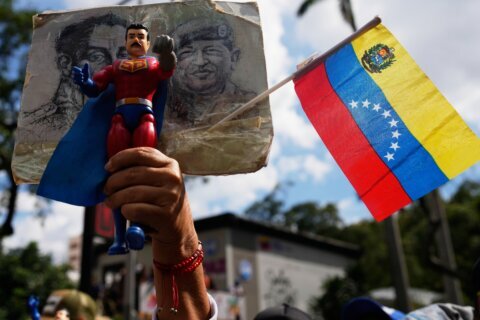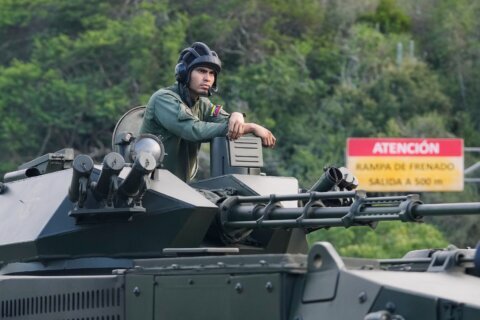Editor’s Note: WTOP initially reported that the attack occurred at a U.S. embassy. The attack occurred at a U.S. consulate.
J.J. Green, wtop.com
WASHINGTON – Intelligence experts and U.S. government officials are starting to view the attack in Libya that killed U.S. Ambassador Chris Stevens and three others in Benghazi as a coordinated attack.
Rep. Mike Rogers, R-Mich., went as far Wednesday to say the attack had all the hallmarks of al-Qaida.
“This was a coordinated attack, more of a commando-style event. It had both coordinated fire, direct fire, indirect fire,” Rogers said following an intelligence briefing on Capitol Hill.
Other sources, including officials at the Pentagon and the State Department, are also discussing the possibility that it was a planned operation, and some say several developments support the possibility.
The incident does not appear to be a random mob scene, but rather an opportunity that militants seized, sources say. The attackers used a rocket-propelled grenade, a weapon not traditionally carried by protesters, but commonly used by terrorists.
The attack is believed to have come in two waves. The first wave got inside of the compound, and a second wave penetrated a secure location inside the building. This development raises questions about how the attackers knew the location of that secure facility, sources say.
On Sept. 11, al-Qaida leader Ayman al-Zawahiri put out a video eulogizing Abu Yahya al-Libi, an Islamist terrorist and high-ranking al-Qaida member, who was killed in a drone attack in June. Sources have said they believe the Libyan incident might have been revenge for the death of al-Libi.
The consulate was housed in a local building that had been contracted temporarily. It was not an “Inman” compound, which is a building designed with certain security protocols, such as “standoff” distances between the public street and the actual facility.
Fred Burton, a former diplomatic security agent at the State Department, says it is the host country’s responsibility to provide adequate security for all diplomats inside their country.
“One of the more problematic events that you can ever deal with is a large mob that overtakes a facility,” Burton says. “You never see that in the U.S. simply because we have adequate police presence and can set up perimeters and keep rolling out the resources to counter that kind of event taking place.”
Burton was one of the first diplomatic security agents to staff the diplomatic security service when it began. He was one of the first agents to go to Libya to investigate hijackings of planes and kidnappings of westerners in the early 1980s.
Burton says it is unclear where Stevens was killed.
“Was he killed coming back to the mission or was he trying to exit the mission? Was he trying to exit the safe house that’s now into play? There are a lot of unknown factors here,” he says.
“You may have had a situation that deteriorated so rapidly that a snap decision was made to load up the ambassador, and ‘Let’s get the hell out of dodge,’ and they just vacated and ran into a situation where you had a perimeter set up and RPGs were fired into the limo as it was departing,” he says.
The president has ratcheted up security at embassies worldwide because of the incident.
Related Stories
Follow J.J. Green and WTOP on Twitter.
(Copyright 2012 by WTOP. All Rights Reserved.)







